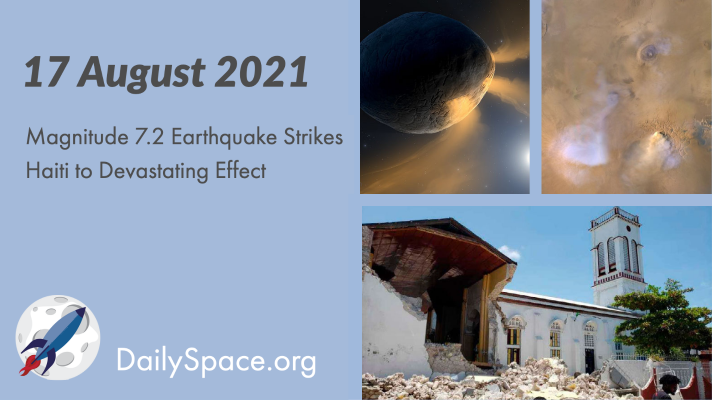
Aug 18, 2021 | Asteroids, Daily Space, Earth, Mars, Saturn, Star Forming Region
A magnitude 7.2 earthquake shook the island nation of Haiti, destroying thousands of homes and resulting in the loss of over 1,400 people. Additionally, Tropical Depression Grace arrived and hampered rescue efforts. Plus, the asteroid Phaethon is outgassing sodium, studying Mars’ moons in the search for life, and how dust storms helped dry out Mars.
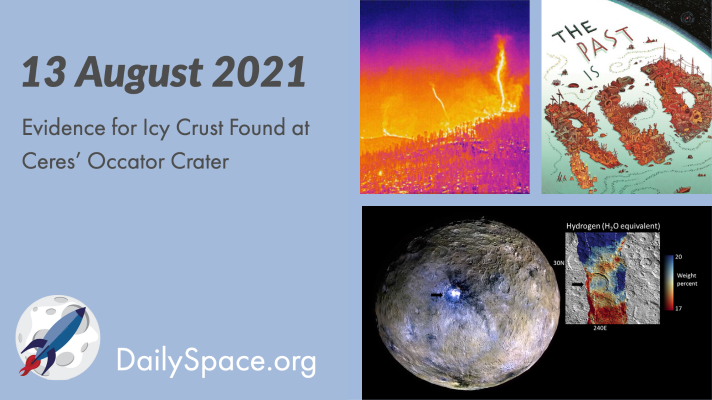
Aug 17, 2021 | Asteroids, Climate Change, Earth, ESA, Mars, Perseverance, Review, Venus
Using a neutron spectrometer on board the Dawn spacecraft, scientists have found elevated concentrations of hydrogen in Ceres’ Occator Crater, which provides evidence of an icy crust. Plus, everything is on fire in the western United States, and we review “The Past is Red” by Catherynne M. Valente.
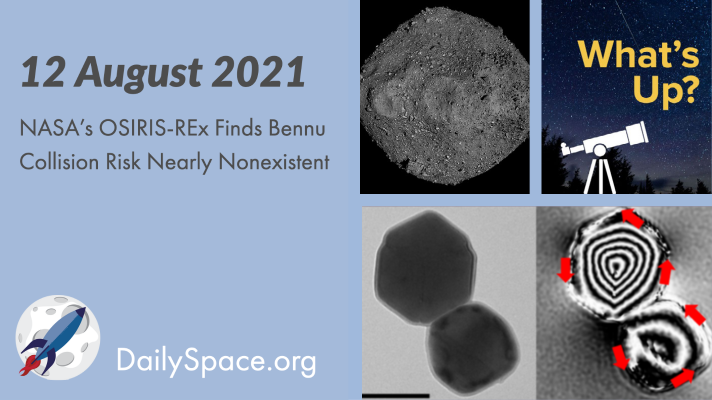
Aug 13, 2021 | Asteroids, Daily Space, Earth, ESA, Exoplanets, OSIRIS-REx, Our Solar System, Sky Watching, Spacecraft, Stars, Venus
After careful analysis of orbital data, gravitational forces, and several other factors, NASA’s OSIRIS-REx team calculated the risk of a collision with near-Earth asteroid Bennu to be 0.057% through 2300. Plus, magnetites in meteorites reveal solar system history, and the constellation Ophiuchus is What’s Up.
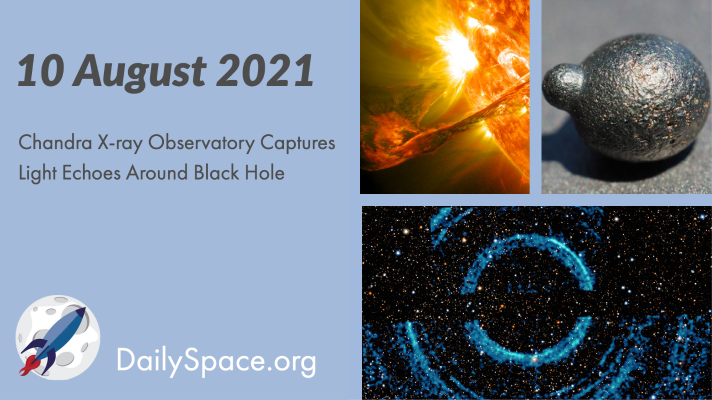
Aug 11, 2021 | Asteroids, Black Holes (Stellar), Daily Space, Earth, Jupiter, Mars, Mars 2020, Perseverance, Stars, The Sun
Based on X-ray detections from the Neil Gehrels Swift Observatory, scientists used the Chandra X-ray Observatory and found rings called light echoes moving out from a black hole and its companion star, reflecting off the surrounding dust clouds. Plus, solving the puzzle of the Sun and using glassy nodules to find a meteorite impact.
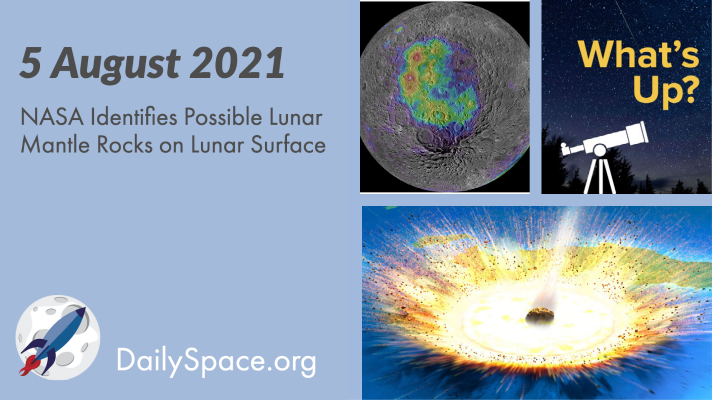
Aug 6, 2021 | Asteroids, Comets, Daily Space, Earth, Jupiter, Mercury, Moon, Sky Watching, Spacecraft, Stars, Supernovae, Venus, White Dwarfs
Two new studies have possibly identified regions on the Moon’s surface that could contain pieces of the lunar mantle, which would be possible sample targets for the Artemis mission. Plus, Venus gets a double flyby next week, and it’s all about asteroids and meteor showers in this week’s What’s Up.
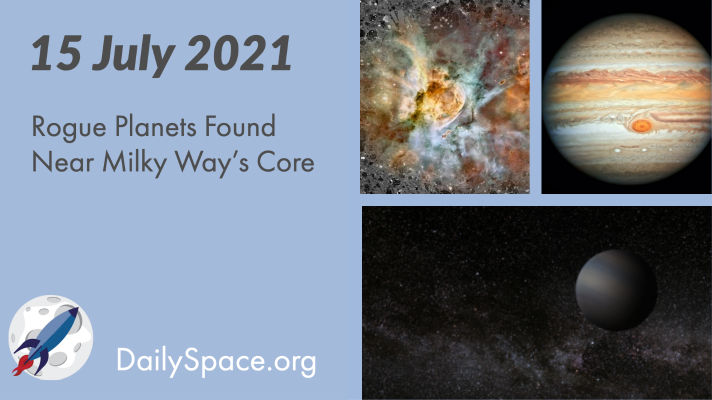
Jul 16, 2021 | Asteroids, Black Holes (Stellar), Conferences, Daily Space, Earth, Exoplanets, Globular Cluster, Jupiter, Kepler, Mercury, Our Solar System, Stars, Supernovae
Using data collected by NASA’s Kepler Space Telescope, scientists have found four free-floating, or rogue, planets near the core of the Milky Way. These planets formed in discs in other planetary systems and were thrown out by gravitational interactions with larger planets. Plus, the early solar system, including ancient Earth, Jupiter’s chemistry, and Mercury’s core.








 We record most shows live, on Twitch. Follow us today to get alerts when we go live.
We record most shows live, on Twitch. Follow us today to get alerts when we go live.